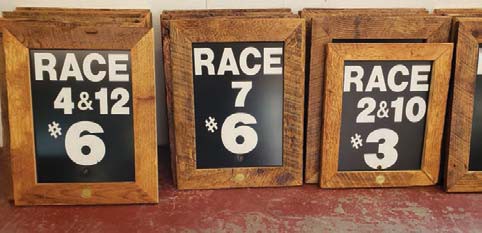The unexpected public history I found working retail
Last fall, I moved back to New Hampshire after living in Virginia for five years. After the completion of my previous job, and having been accepted into the Museum Studies program, it seemed as good a time as ever to move back home. I gave …




